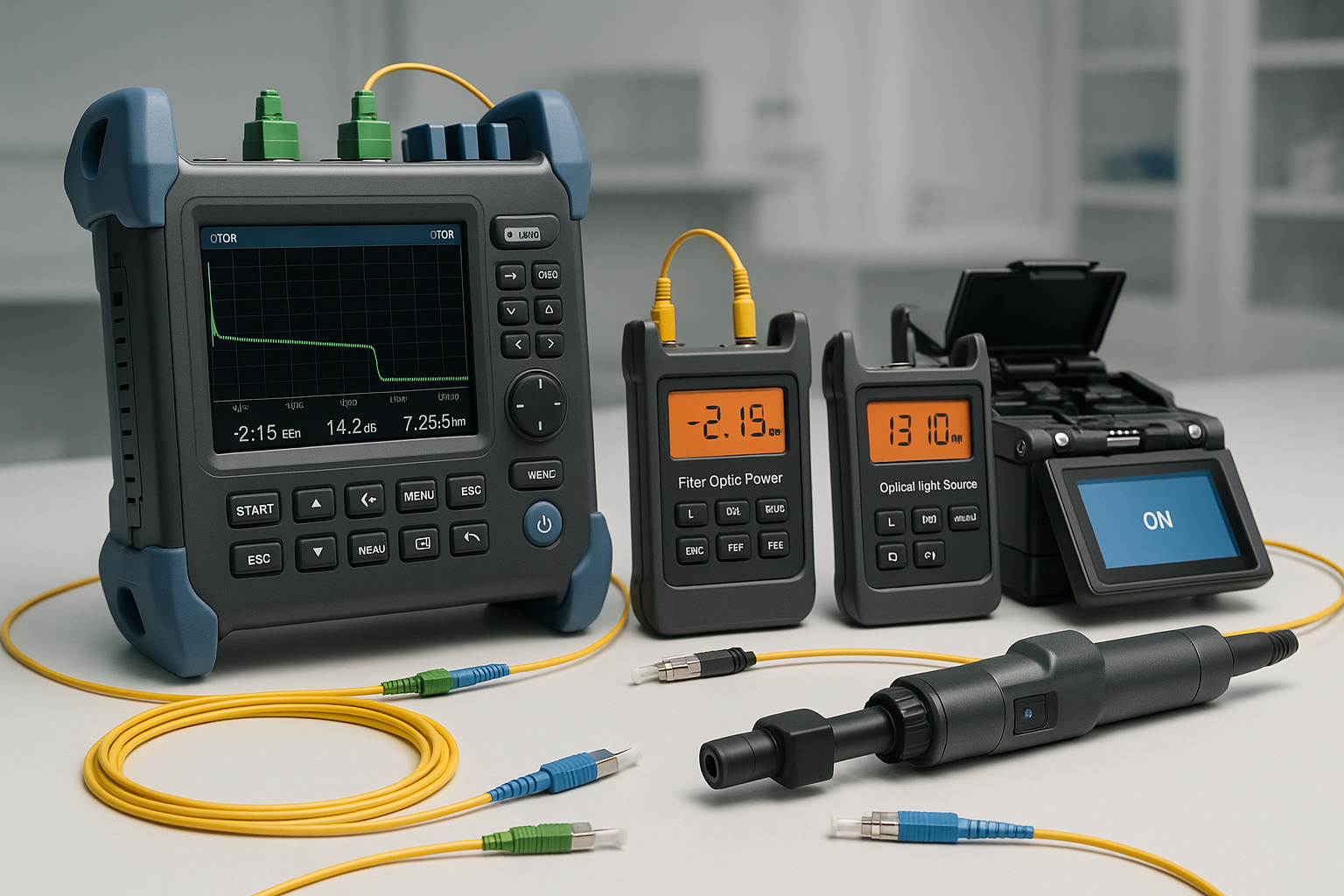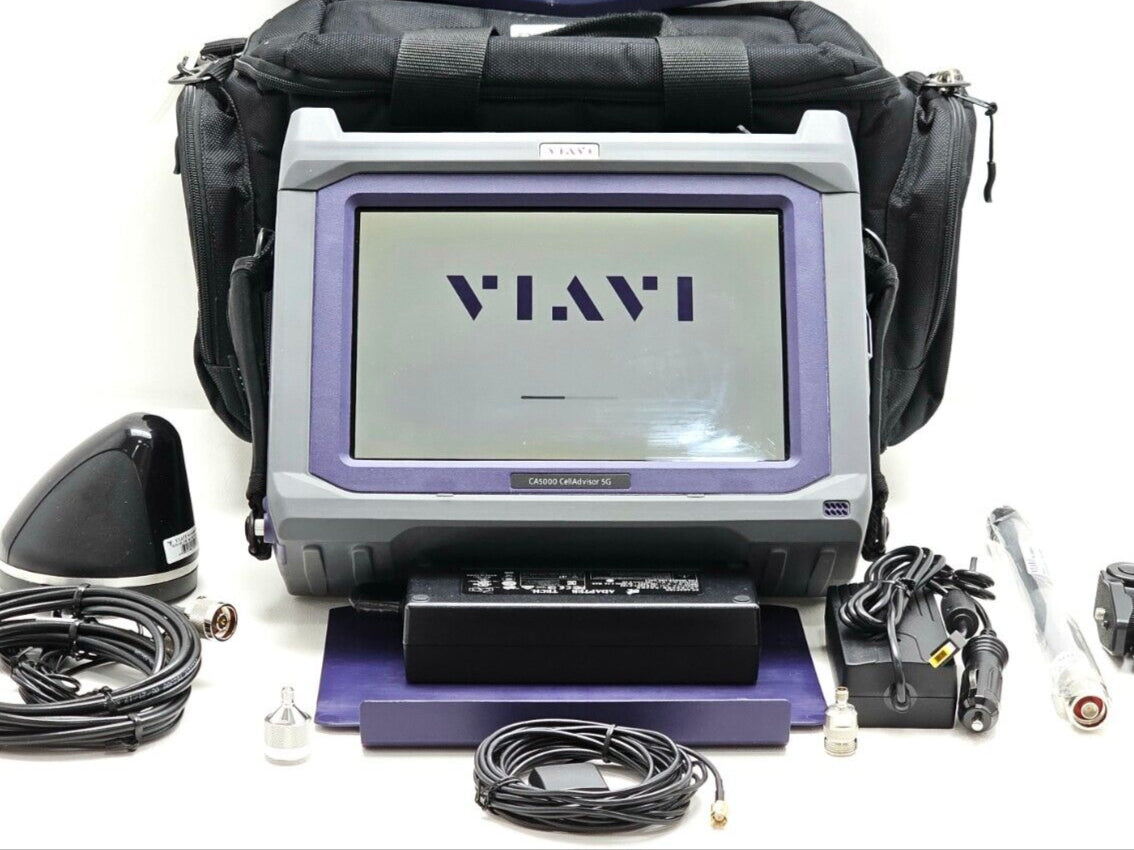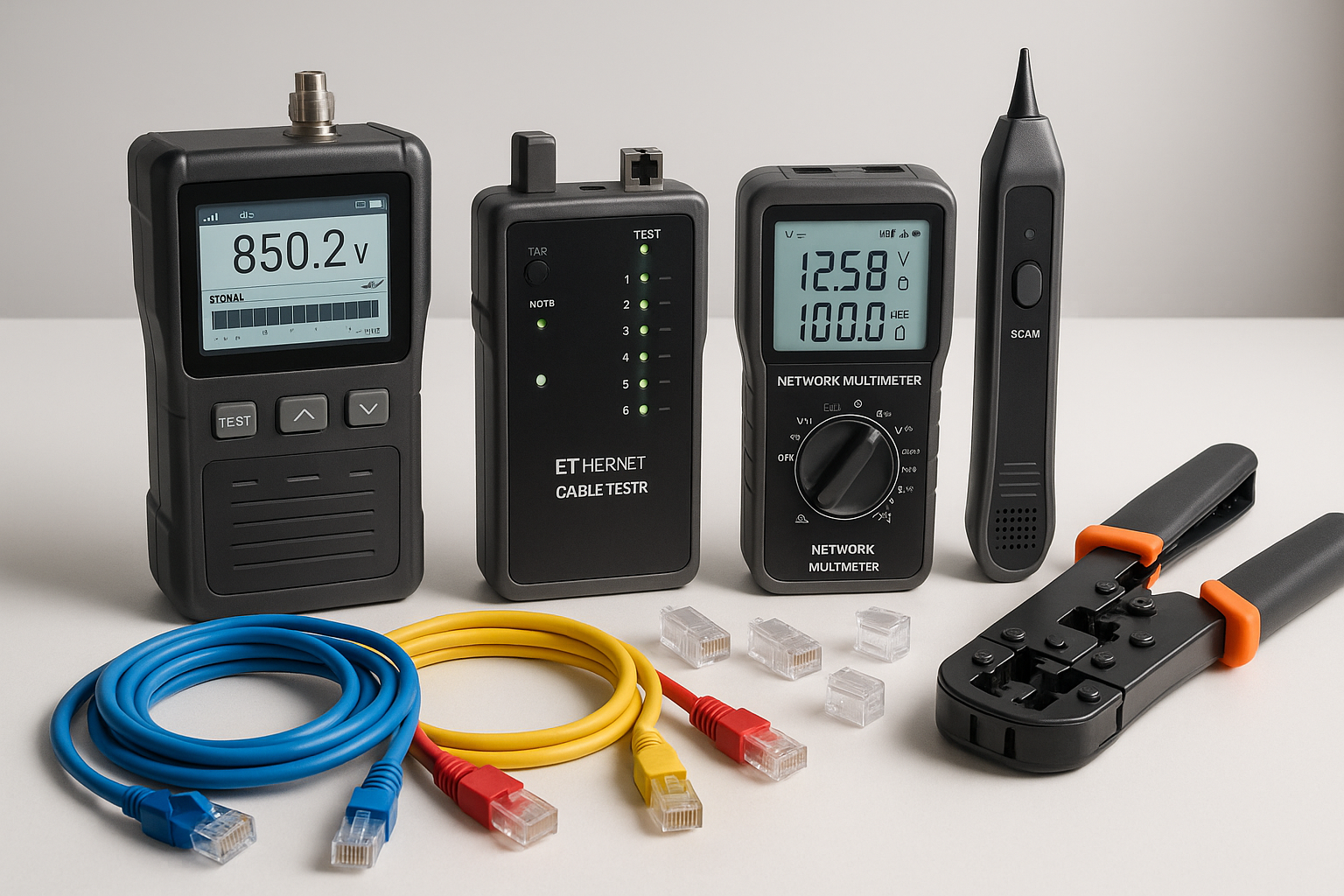
When to Upgrade: Signs Your Test Equipment Is Holding You Back
When to Upgrade: Signs Your Test Equipment Is Holding You Back
For engineers, technicians, and lab managers, test equipment is a critical investment. But over time, even the most reliable tools can become bottlenecks—slowing workflows, introducing errors, or failing to keep up with new standards. Knowing when to upgrade isn’t just about age; it’s about performance, compatibility, and long-term efficiency.
In this guide, we’ll walk through the key indicators that your test gear might be due for replacement or modernization—and how to make the switch strategically.
1. Inconsistent or Unreliable Readings
If you're regularly seeing erratic measurements, noisy signals, or unexplained variations in test results, it may not be your DUT (Device Under Test)—it could be the instrument. Aging components, degraded connectors, or failing calibration can reduce test accuracy over time.
Tip: Recalibrate regularly, but if readings are still questionable, it may be time for a replacement.
2. Compatibility Issues with Modern Software or Interfaces
Many older instruments lack support for current data interfaces (like USB, Ethernet, or LXI) and may be limited to outdated GPIB or RS-232 connections. This creates issues when integrating with modern systems or test automation setups.
Tip: Look for modern instruments with firmware support, remote operation, and software integration features. At TT Instruments, we offer Electronic T&M, Network Testers, and RF & Microwave tools that are compatible with today’s digital workflows.
3. Limited Measurement Capabilities
As technology evolves, so do test requirements. Equipment that once met your needs might now fall short in bandwidth, frequency range, or resolution.
-
Oscilloscopes that max out at 100 MHz may not handle today’s fast digital signals.
-
Power supplies without programmable output may not support automation.
-
Network analyzers without full S-parameter support can’t fully characterize modern RF components.
Tip: Reevaluate what capabilities are now essential, especially if you’ve expanded into new domains like 5G, IoT, or automotive testing.
4. Increased Downtime and Maintenance
If repairs are becoming more frequent—or parts are hard to find—it’s a clear sign the tool is nearing end-of-life. Frequent downtime doesn’t just cost time; it introduces uncertainty in projects and product validation.
Tip: Check with the original manufacturer to confirm support status. If it’s obsolete or out-of-service, consider a newer or refurbished model.
5. Safety and Compliance Risks
Test gear that doesn't meet modern safety standards or lacks proper shielding can pose real risks, especially in high-voltage or RF environments. In regulated industries, using outdated equipment might even put you out of compliance.
Tip: Stay aligned with the latest testing standards—especially in lab, defense, and telecom settings. Our Medical & Lab, and Satellite & GPS sections feature compliant gear for every environment.
6. Testing Bottlenecks or Slow Workflows
Manual logging, repeated test setups, or missing automation can slow your workflow significantly. Upgrading to equipment with built-in memory, touchscreen interfaces, or scripting capabilities can cut hours from routine tasks.
Tip: Explore modular test platforms or programmable power supplies for scalable, future-ready solutions.
Consider Upgrading Without Breaking the Budget
Not every upgrade needs to be brand new. TT Instruments stocks both new and professionally tested used equipment—along with clearance items—for budget-conscious buyers who still need high performance.
Explore gear from leading brands across:
Each product is carefully inspected and many are available with calibration certificates upon request.
Making a Smart Transition
Upgrading your test equipment isn't just a cost—it’s a strategic investment in better data, faster diagnostics, and safer operations. If you're seeing signs of underperformance, now might be the time to assess your bench and align your tools with the demands of modern testing.
Need help evaluating your options? Reach out to our team at TT Instruments—we’ll help you upgrade wisely and efficiently.
FAQs:
1. How often should test equipment be replaced?
It depends on usage, calibration history, and evolving requirements. If your gear is unreliable, unsupported, or no longer meets your testing needs, it’s time to upgrade.
2. Can older equipment still be used if calibrated?
Yes, but only if it continues to meet accuracy specs and safety standards. Be cautious of compatibility issues with new systems or software.
3. What are the risks of using outdated test gear?
Risks include inaccurate measurements, longer troubleshooting times, non-compliance with standards, and potential safety hazards.
4. Should I buy new or refurbished equipment?
Both are valid options. Refurbished gear from a trusted source like TT Instruments offers great value, especially when backed by calibration and warranty.
5. How do I know if an instrument is obsolete?
Check the manufacturer's website for support status. If firmware updates, parts, or service are discontinued, it’s likely obsolete.


